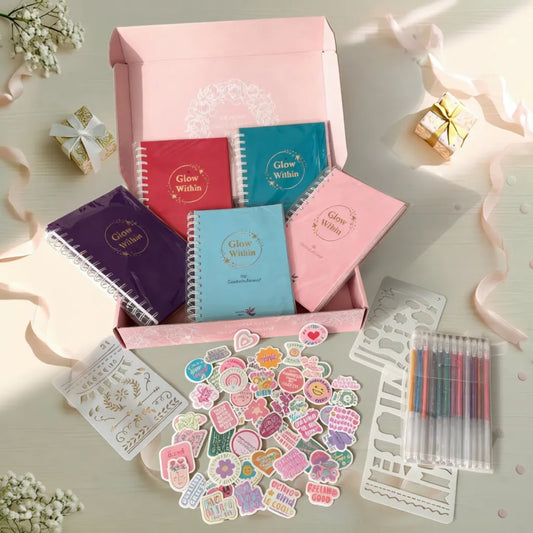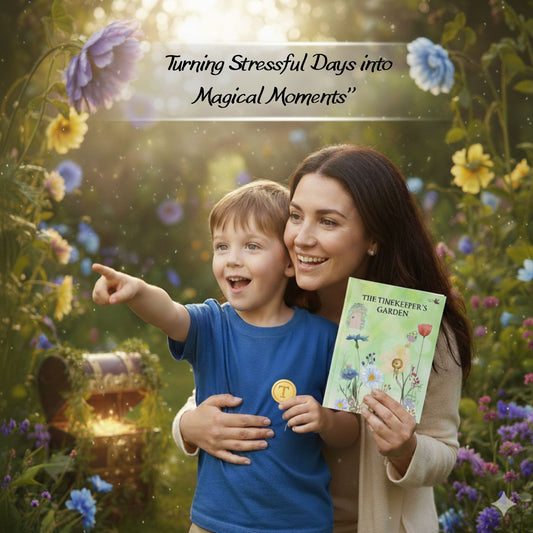
Turning Fear into Courage: Helping Children Cope with Medical Procedures
Share
They sat in front of me, tired and worried. I could see the distress in their eyes, and honestly, I felt helpless too. I really don’t like that feeling or to admit it.
But then, I reminded myself: They came to you not because you have all the answers, but because you know how to help with the search.
“Let’s talk about him more,” I said. “What is he really passionate about?”
His mom’s face lit up. “He’s amazing. Such an imagination! His kindergarten teacher always says he creates these worlds in play. He loves to build and run. But before each procedure, he becomes tense — anxious even to talk about it. It doesn’t hurt, but just seeing doctors makes him cry and panic.”
“Let’s use that,” I suggested. “Let’s enter his world — and blend it with our adult tools.”
We ended up creating a fantasy game, built around his imagination and guided by psychological principles. That day, I realized the power parents have to frame and reframe a child’s reality when facing fear.
Thinking back, maybe it wasn’t the first time. I remembered a similar moment with my then 5-year-old son, terrified before a blood test — crying and sweating, refusing to go near the nurse. Eventually, I discovered the real trigger was the tourniquet. I turned it into a “superhero armband,” and suddenly, he became brave enough to try.
Years later, I was building and managing a unique “Body–Mind” unit in a medical center. One morning, I heard a young girl screaming in fear during a blood test. Her distress and her parents’ was heartbreaking. I decided to learn more about needle anxiety.
What I found was surprising: it’s incredibly common.
With the lab’s wonderful cooperation, we launched a small project to help reduce children’s stress during blood tests. Within a few months, it turned into a real success and began expanding to other clinics. This is an important part of why I started this business and created "The Timekeeper's Garden".
Understanding Fear of Needles
- Prevalence- Around 63% of children report needle fear, and up to 25% of adults still carry it - often linked to one difficult childhood experience.
- Fear often leads to avoidance — skipping important tests or medical care.
- Symptoms can include dizziness or fainting (a vasovagal reaction), nausea, dry mouth, or trembling.
- The emotional response triggers the body’s fight, flight, or freeze system. Feeling there's no escape sometimes leads to panic.
- Risk factors: previous medical trauma, higher baseline anxiety, and being young or female- all linked to stronger distress during procedures.
How to Help Your Child Before, During, and After a Procedure
Before the procedure
-
Find a balance — too much anticipation can increase anxiety.
-
Prepare calmly, using stories or play to make it predictable.
During the procedure
-
Start calming strategies at home — deep breathing, small games, music.
-
Some doctors recommend offering something sweet before (ask your provider).
-
Choose staff who show patience and warmth if possible.
After the procedure
-
No matter how it went — frame it as a success.
-
Highlight your child’s strengths: “You were brave to try even though it was scary.”
-
Reinforce control and courage — “Everyone is afraid of something, but not everyone faces it.”
-
A small treat or quality-time reward helps too.
The Best Strategy: Distraction
Distraction is one of the most effective ways to reduce pain and anxiety during procedures. Because our attention is limited, shifting focus away from pain cues reduces perceived pain.
Active distraction – engaging the child in breathing, games, or storytelling (like our fantasy adventure).
Passive distraction – watching a video or listening to music.
Research shows that active distraction works best and can make future procedures easier too.
A Personal Note
At Precious Time, we take great pride in our product, designed to help parents support their children during medical procedures. The Timekeeper’s Garden was created from years of field work, designed as an intervention that takes into account the techniques, risk factors, and strategies that were proven to help — involving the medical team, giving children a sense of control, and transforming fear through imagination and play.
What makes it truly special is that most interventions are designed for the time of the procedure - but we start earlier, when leaving the house. We also included a parent guide, because we recognize how essential the parental role is in helping children cope and feel safe.
After years of working in medical and educational psychology, one lesson stands out: parents have a remarkable opportunity to shape their child’s well-being. You are the main figure helping your child to cope, grow, and believe they can be brave.
Kineret
Mom, Psychologist & Founder of Precious Time
Turning everyday moments into meaningful memories.
Have ideas or topics you’d like me to write about? Come share them with us on Facebook or Instagram - be part of our community, where your ideas always inspire me.




